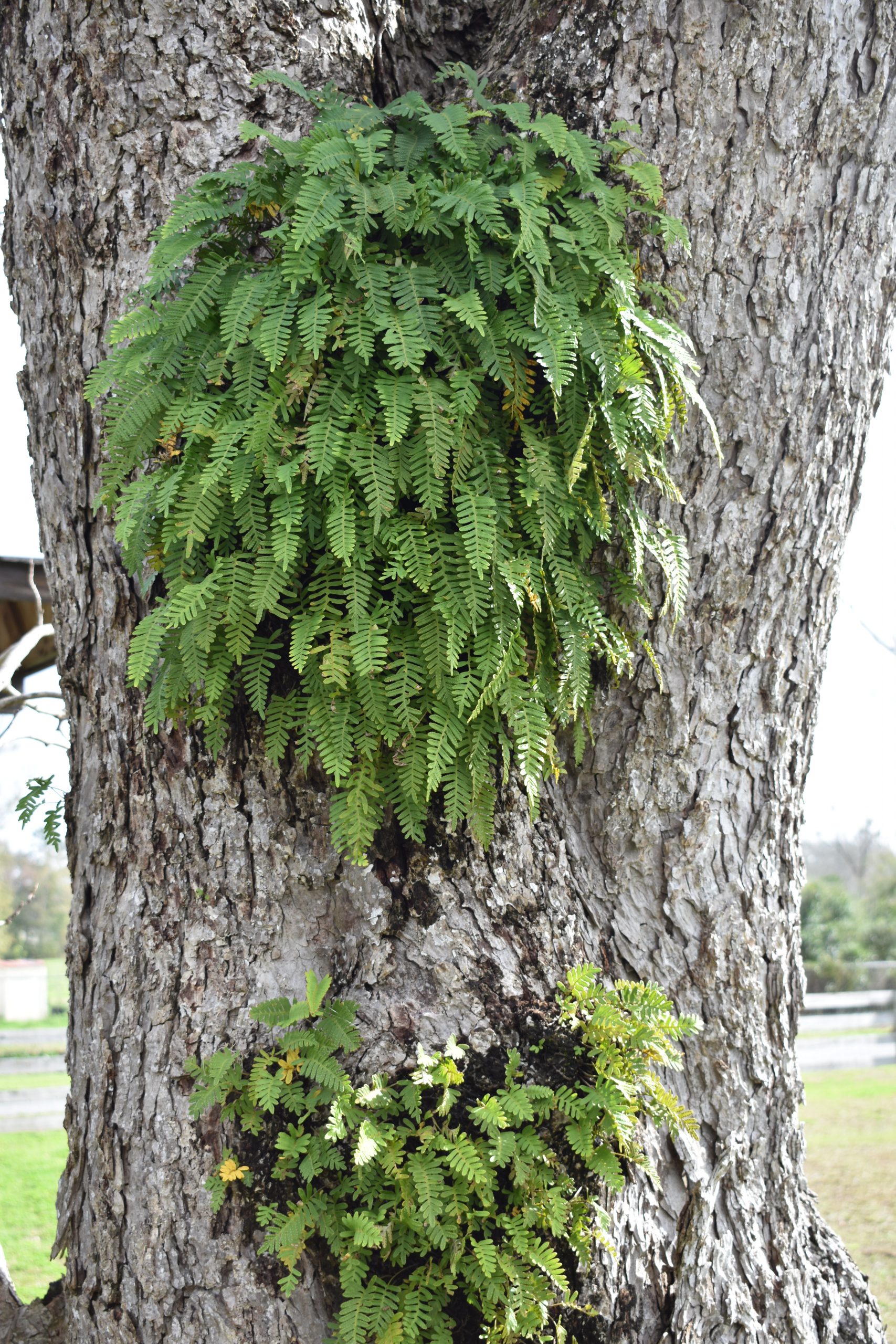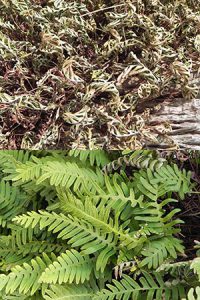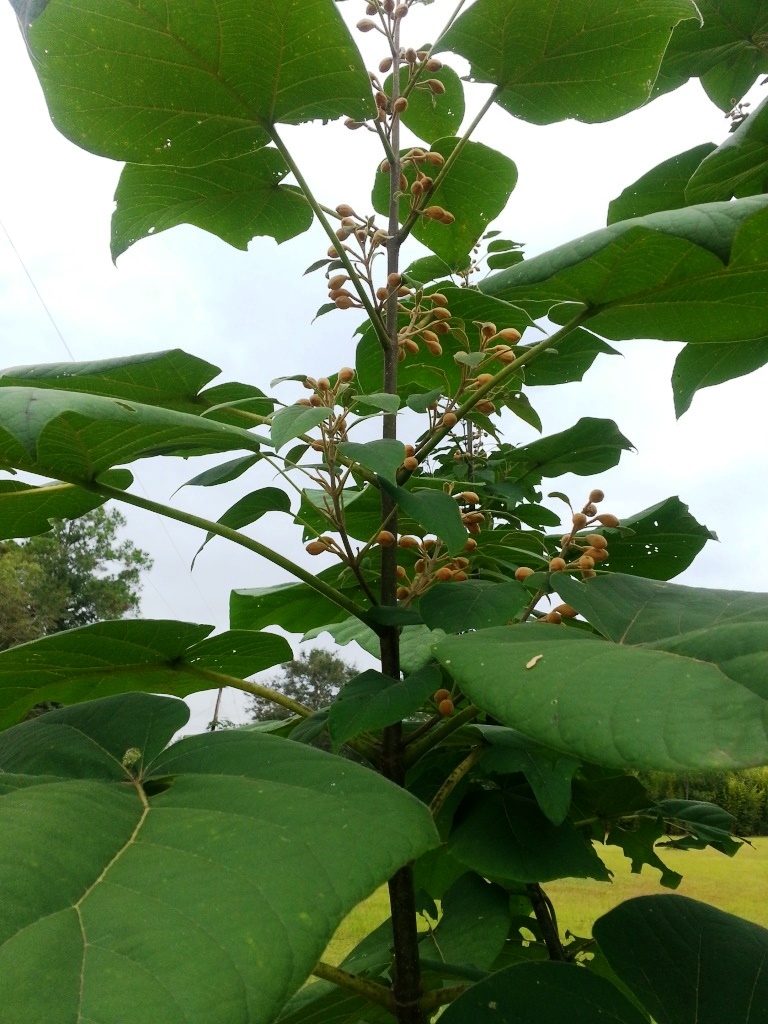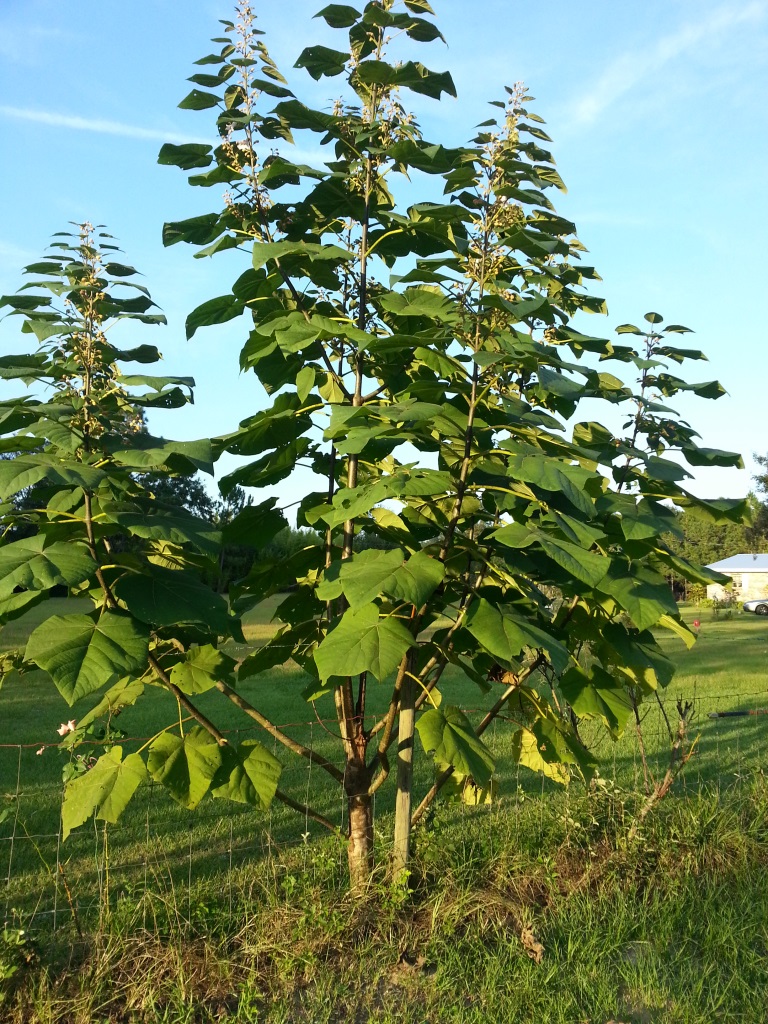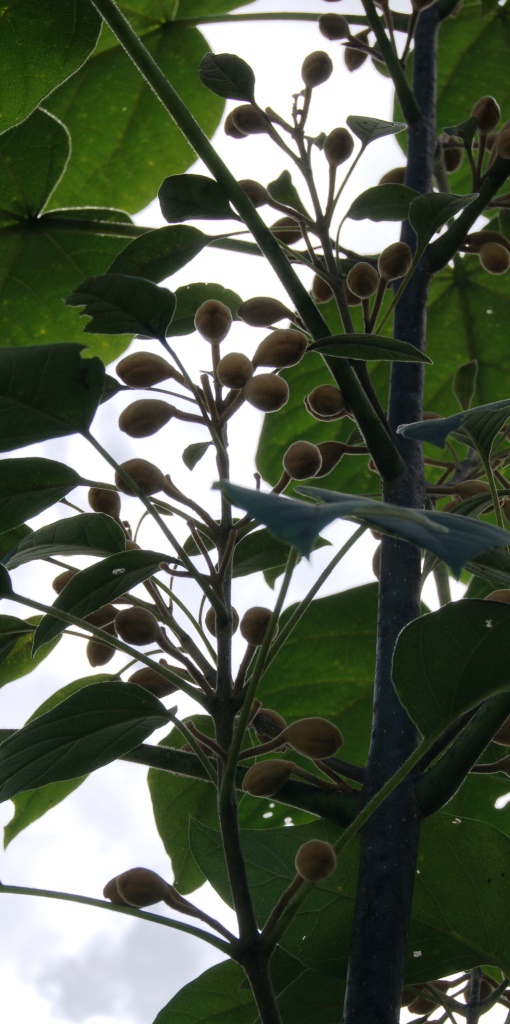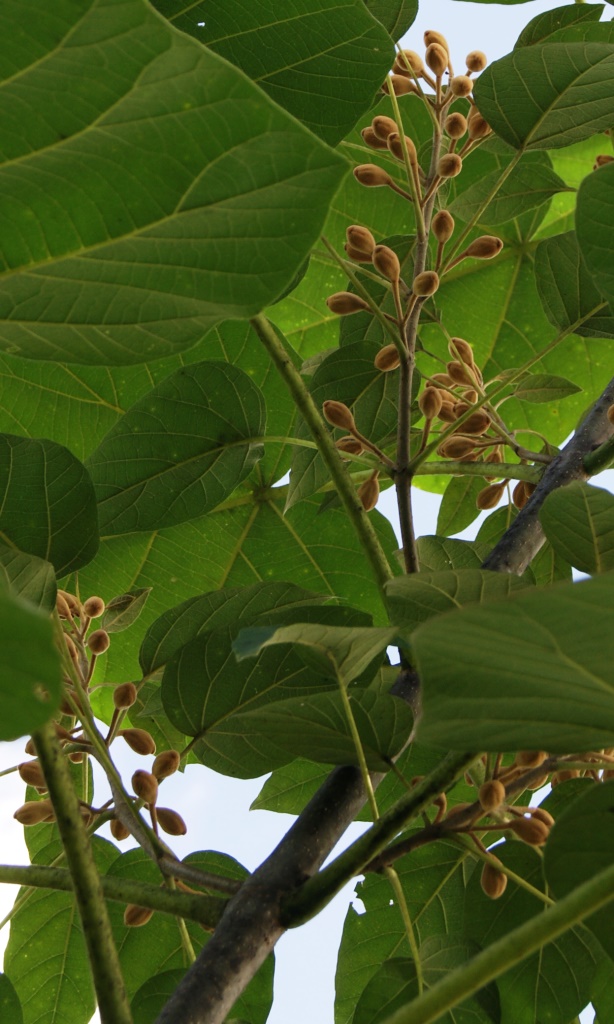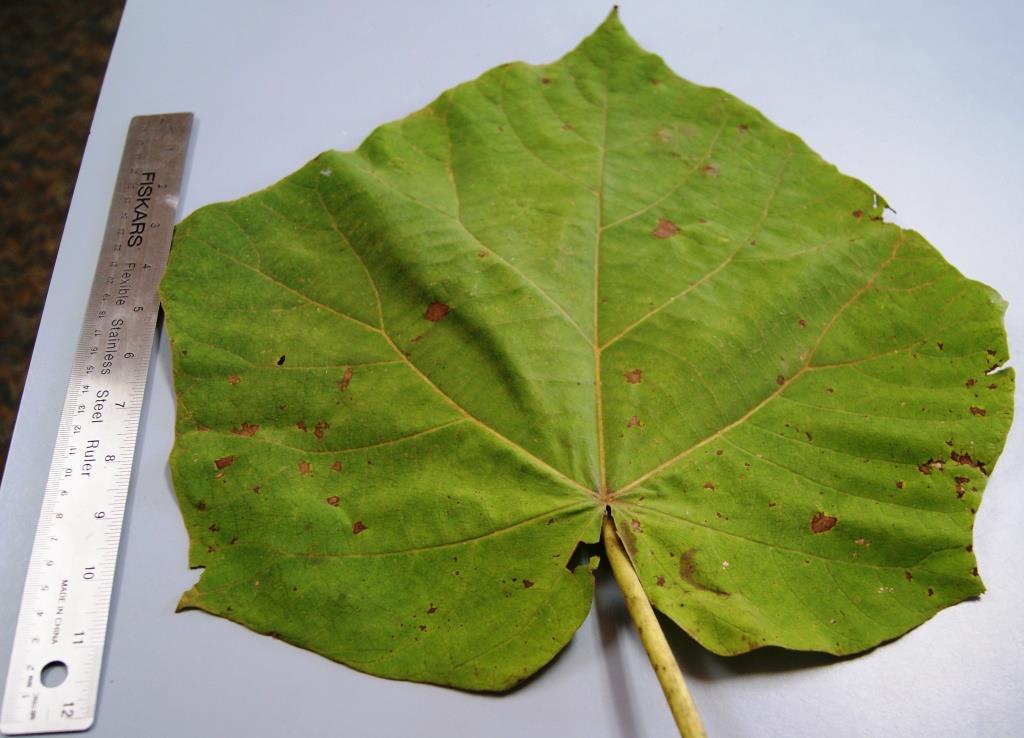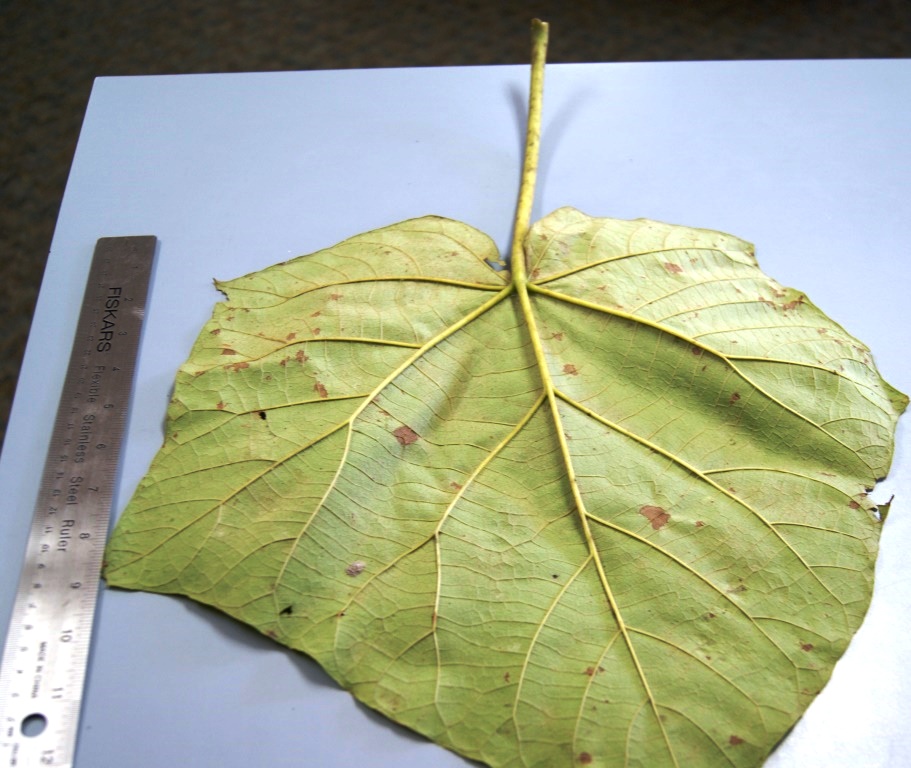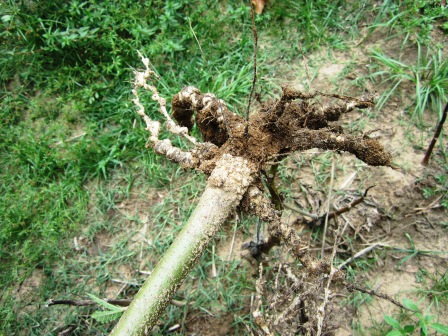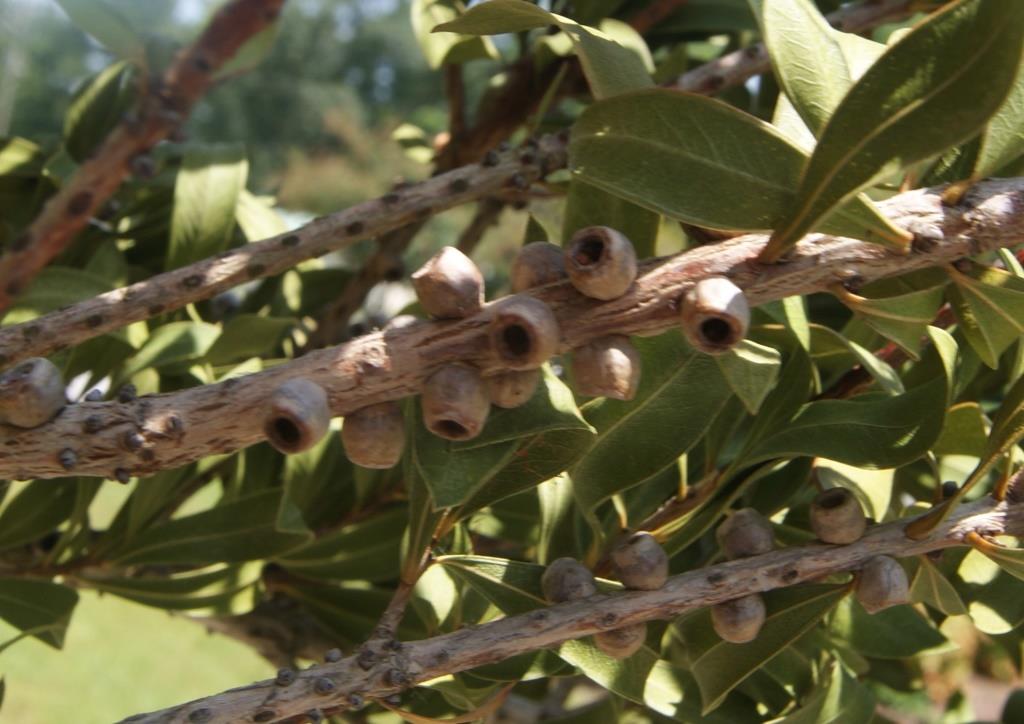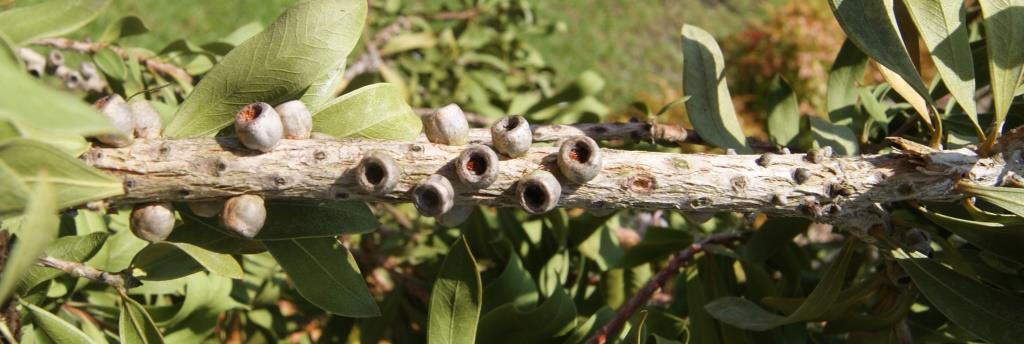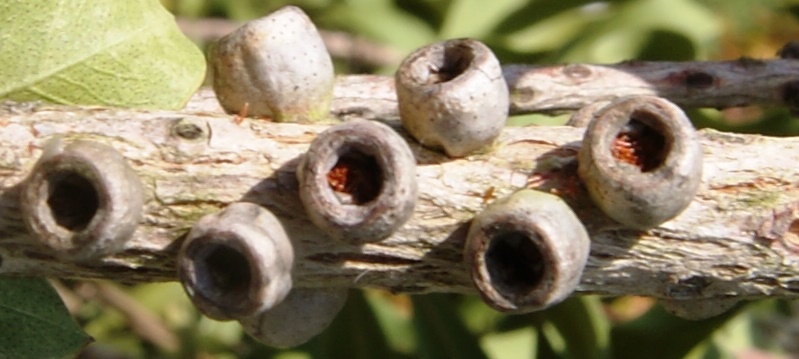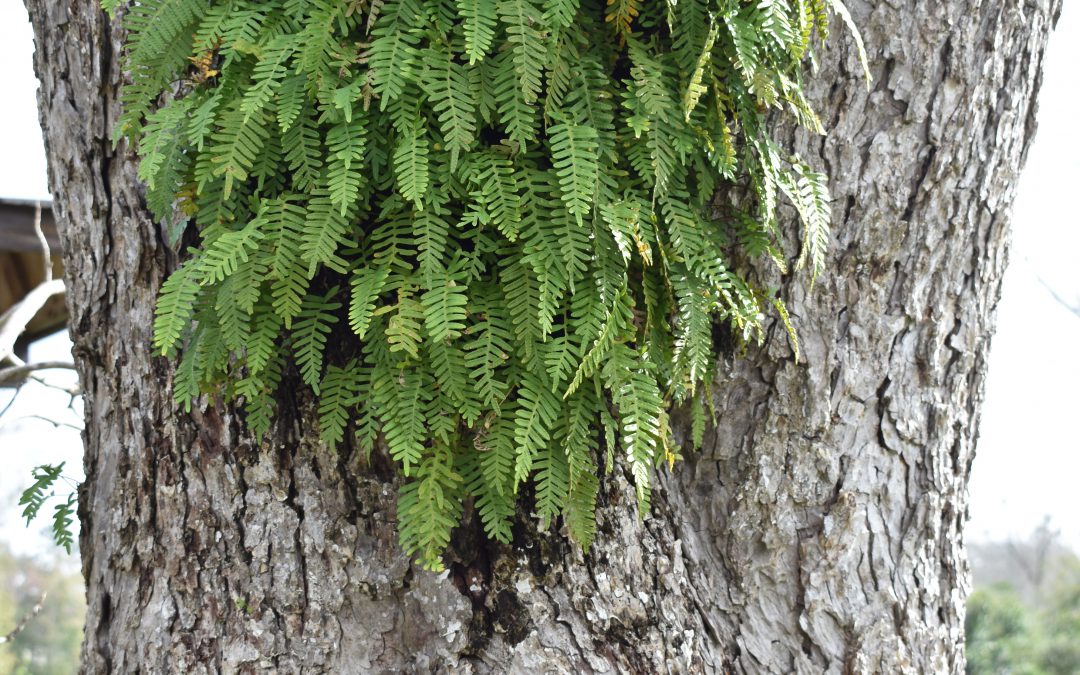
Resurrection Ferns Making Their Appearance
This week, I received a call about identifying a plant growing on a pecan tree in someone’s yard. With the recent rain we’ve experienced after a rather dry period, I had a pretty good feeling it was a resurrection fern. A quick picture sent in to me by the homeowner confirmed this.
Resurrection fern, Pleopeltis polypodioides is a native fern found in many hardwood trees throughout the southeast. In our area, it is found most often on the branches and trunks of live oak and pecan trees. The resurrection fern gets its name from its ability to withstand extensive periods of drought by shriveling up and appearing dead. When it is exposed to water again, it will ‘come back to life’, uncurling its fronds and appearing bright green.
This creeping fern has a long, skinny stem to which the fronds or leaves are attached. The stem is less than 1/12″ in diameter and fronds are anywhere from 4 to 12 inches long. Unlike other plants, resurrection fern reproduces by spores, not seeds. These spores can be found on the underside of the fronds in clusters known as sori. The sori look like brown to black scales.
Resurrection fern is a perennial epiphyte or ‘air plant’, meaning that it attaches itself to other plants, but it does not steal water or nutrients from its host plant. Instead, it absorbs water and nutrients that collect on the outer surface of the bark. One of the questions posed by the homeowner was the need to control the resurrection fern, however, since it is an air plant and does not harm the tree, there are no chemicals recommended to control it.
In 1997, the resurrection fern made its first debut in outer space! Because of its unique attributes, the National Aeronautics and Space Administration (NASA) launched into space for an experiment to study the ‘resurrection’ in zero gravity. Amazingly enough, they found that the resurrection fern was able to rehydrate and recover in zero gravity!
For more information on resurrection ferns:

